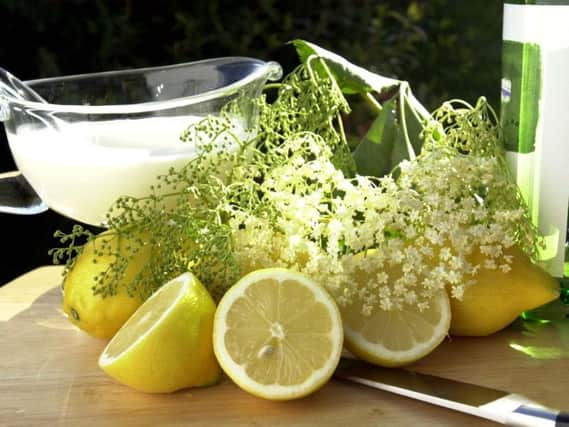A countryside weed that is turning into a big business - Roger Ratcliffe


They are filling a gap in the market which just a decade ago no one knew existed, namely that the nation’s legions of cava and prosecco drinkers – and perhaps more importantly teetotallers – were thirsting after a similarly pale-yellowish effervescent but alcohol-free alternative.
Rather than the elderflowers being supplied from the countryside by foragers, however, large fields of elder bushes in the East Midlands are now under cultivation to satisfy the UK’s seemingly insatiable demand for elderflower drinks.
Advertisement
Hide AdAdvertisement
Hide AdThese days you can’t avoid the name in shops, whether it is on bottles of gin or cider or packs of bath soaps and jars of face creams.
An effort to market elderflower “Champagne” a few years ago came unstuck, though, when the French Champagne Association took legal action.
I thought about this on a walk near Hunmanby on the northern edge of the Yorkshire Wolds last week.
It was my second visit to the area in a couple of months, and I had previously seen masses of white flowerheads of elders dazzling in the sun.
Advertisement
Hide AdAdvertisement
Hide AdOn my latest trip, however, they had turned into beautiful clusters of dark purple berries providing food for blackbirds and song thrushes.
Advertisement
Hide AdAdvertisement
Hide AdThe elder (Sambucus nigra) is one of our most common shrubs, a member of the honeysuckle family, and you have to marvel that something which many people consider to be a weed has been turned into a multi-million pound business.
In the past commercial elderflower drinks, usually cordials or wines, were mostly found on the continent.
I have never made an elderflower drink myself, and my one attempt at elderberry wine was a repellent failure.
But the berries have at least sometimes made a useful addition to my hedgerow jam.
Advertisement
Hide AdAdvertisement
Hide AdThe juice is said to be good for sore throats, although that’s not something I would recommend trying because taken in sufficiently large quantities it is known to cause various gastric ailments.
In a hedge or on wasteland the bush usually emits an unpleasant smell, but that didn’t stop me going near it when I was a schoolboy.
Its branches are hollow and if cut to a length of about eight inches and the soft white pith inside cleaned out it made a good pea-shooter.
There is plenty of superstition attached to the elder. Having it grow next to your house keeps away evil spirits, it is said.
Advertisement
Hide AdAdvertisement
Hide AdAnd if you decide to cut down an elder you should first ask permission from the Elder Mother, who is known in country areas of the Midlands and the North as “the Old Girl”.
Bad luck will follow unless you chant something along the lines of “Old Girl, give me some of thy wood and I will give thee some of mine when I grow into a tree.”
Harry Potter fans will know that the Elder Wand is a stick carved from elder wood and has magical powers.